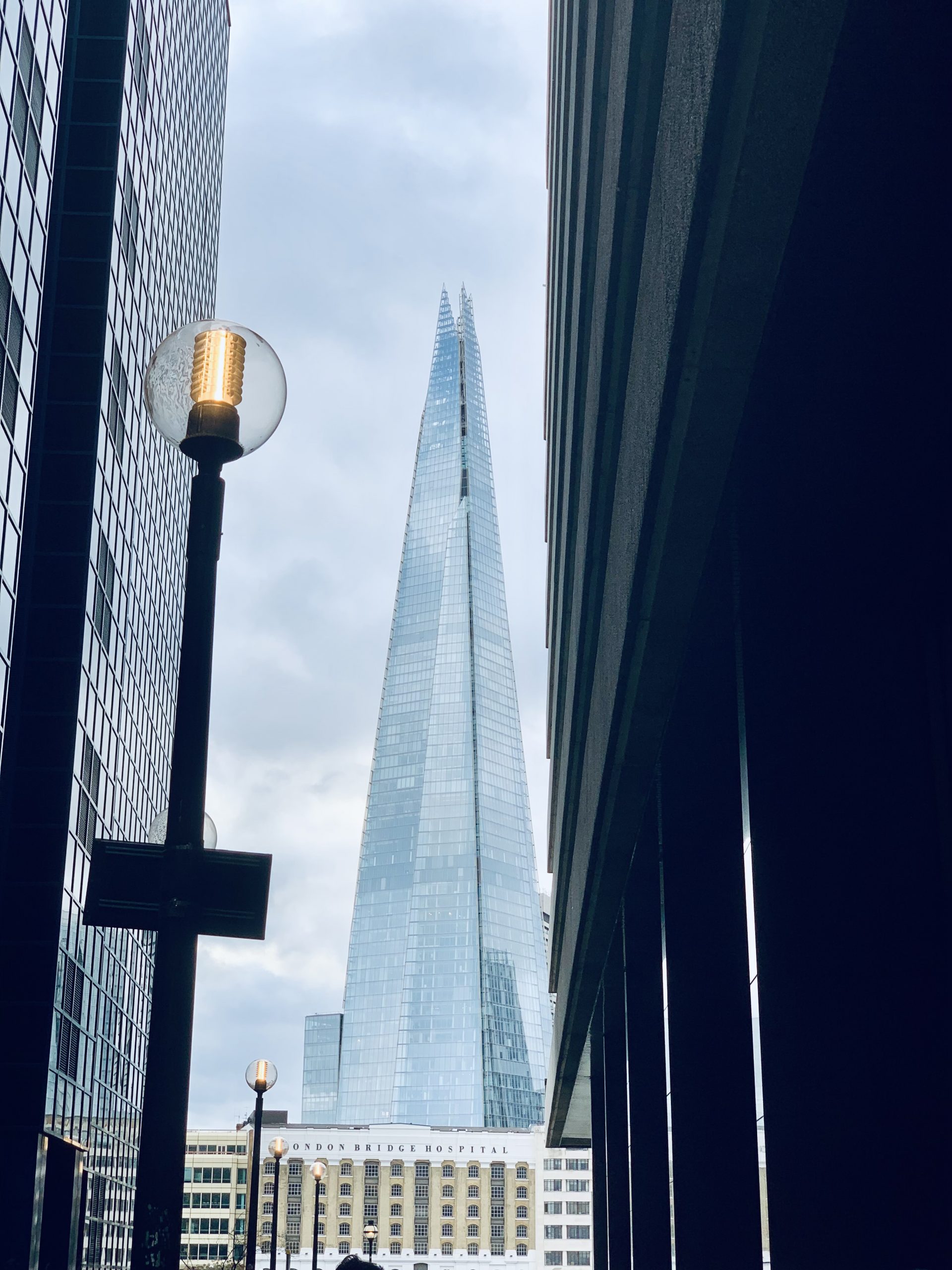
MC2024 Abstracts & Papers
Session 3: Integrated renewable energy; Passive and hybrid strategies for heating and cooling buildings
Cooling Architecture: Prototyping an Optimised PDEC-integrated Façade Panel to Enhance Urban Thermal Comfort
Elisa Martini
Integrating passive downdraft evaporative cooling (PDEC) into facades offers an innovative method of decreasing surface temperatures and creating downdraft currents that help cool buildings and their surroundings. Analysis of available literature revealed a significant lack of understanding in the effects PDEC-generated downdraft on internal and external environments. This paper is a summary of a dissertation aiming to design an effective PDEC-façade panel and evaluating its cooling potential and effect on surrounding microclimates. Prototype testing in the evaporative cooling (wet) experiment resulted in surface temperature 11 C lower than the control (dry) experiment. The prototype produced an equivalent cooling energy of 2800Wh. These results show a clear cooling benefit of the panel, demonstrating its potential use in new builds or retrofit construction projects, helping reduce cooling loads and improve comfort conditions around the building.
Keywords: Passive-evaporative-downdraft-cooling; terracotta; clay; façades; passive cooling.
– Theme: Passive and hybrid strategies for heating and cooling buildings –




